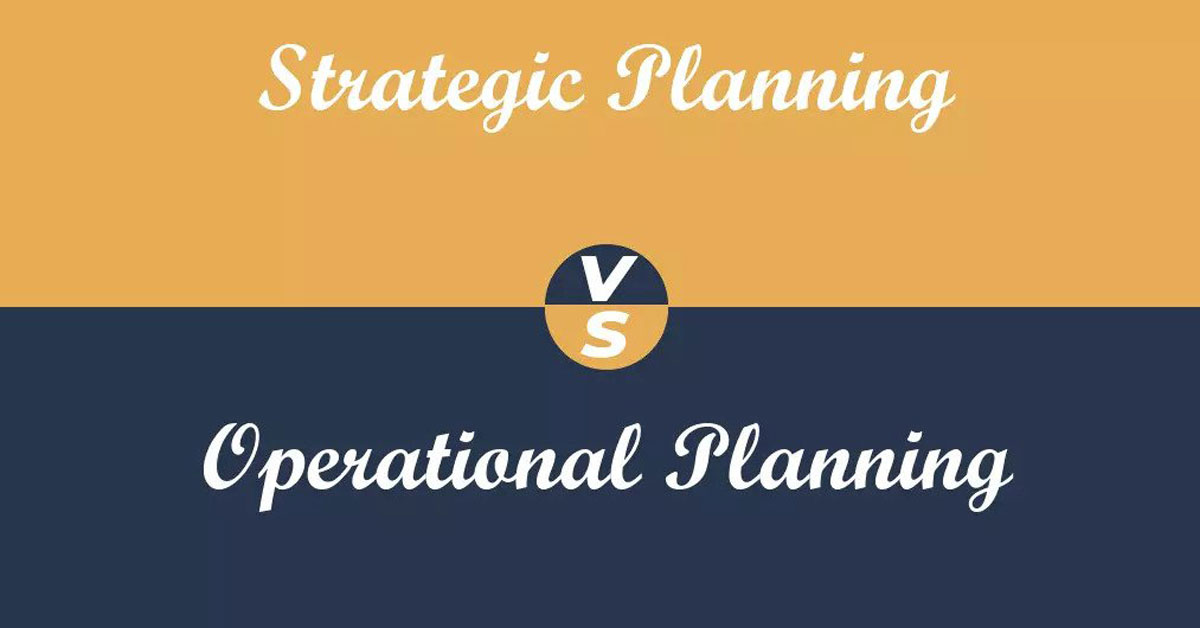
Business planning, strategic planning, and operational planning are three distinct types of plans that organizations use to achieve a workable growth strategy. While they may have overlapping elements, they serve different purposes, designed to address different levels of decision-making within an organization. Here is a basic description of these three:
A business plan is a comprehensive document that does an effective SWOT analysis and provides growth strategies. It provides a roadmap for how the organization will operate, grow, and achieve its long-term objectives. Business planning typically covers multiple years and includes information about the market analysis, competitive landscape, marketing, and other significant aspects. A business plan is used for external purposes, such as securing funding from investors or obtaining loans from financial institutions.
A strategic plan is a high-level plan that sets the direction and priorities of an organization over a specified period, typically three to five years. It outlines the organization’s long-term goals and objectives and defines the strategies and initiatives. Strategic planning provides a framework for decision-making and guides the organization’s overall direction. It involves analyzing the internal and external environment, setting priorities, and making strategic choices to achieve the organization’s mission and vision.
An operational plan is a detailed plan that focuses on the day-to-day operations and activities of an organization. It outlines the specific actions, tasks, and processes that need to be implemented to achieve the tactical and operational objectives of the organization. Operational planning typically covers a shorter time frame, usually one year or less, and provides specific details on how various departments or functional areas within the organization will work together to achieve their respective goals. It includes information about staffing, resources, budgets, timelines, and performance measures. Operational planning is used by middle-level and lower-level managers. It guides their daily operations and ensures that the organization’s strategies and goals are executed effectively.
Ideally, an effective business plan should be backed with appropriate research, and market analysis should come first. Strategic business planning is considered an essential initial step in developing a business.
Operational planning is an efficient process that has five key components. These elements are- preparation, logistics, human resources (HR), marketing, and financial limits.
Here are seven types of operational plans:
This step involves setting clear objectives and defining the purpose and scope of the strategic planning process.
In this step, organizations assess their internal and external environment to gain a comprehensive understanding of their current situation. Conducting a SWOT analysis (Strengths, Weaknesses, Opportunities, Threats), analyzing market trends, and evaluating competition is a crucial step.
Once the environmental analysis is over, the organization sets its strategic goals and objectives. These goals should be specific, measurable, achievable, relevant, and time-bound (SMART).
In this step, the organization develops strategies to achieve its strategic goals and objectives. Strategies are high-level plans or approaches that outline how the organization will operate.
The next step is to formulate the strategic plan. This involves making decisions on the most appropriate strategic direction and developing an action plan.
It’s important to note that planning is an ongoing process, and firms should regularly review and update their growth plans to ensure they remain relevant and effective in guiding the organization toward its long-term goals. Contact Alliance to get expert business solutions.